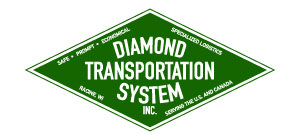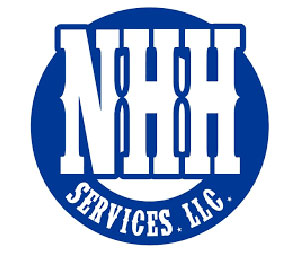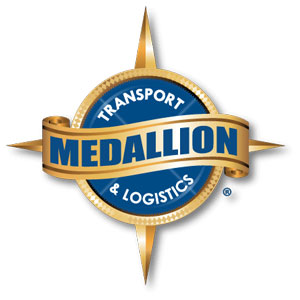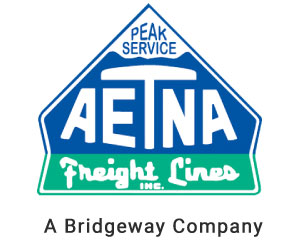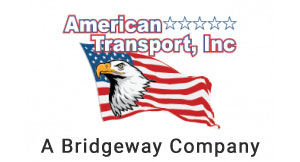California Oversize Permits: Everything You Need to Know
California’s oversize permits come with a lot of parameters, and California has some of the strictest regulations related to oversize travel; many of these laws relate to population-dense areas where more traffic and ordinary drivers are using the roads. Thus, more caution must be taken to promote road safety. However, that also means that there are more regulations you must be aware of when applying for a California permit and ensuring you are protecting yourself from negatives like legal action or accidents. Save yourself time, energy, and money by learning the best methods for getting oversize permits.
Applying for California’s Oversize Permits
To apply for an oversize permit, you’ll want to determine the dimensions of the load you’ll want to haul. Be sure you cannot reduce the load, as being unable to reduce your load is a prominent criterion for getting an extralegal permit for your oversized load.
You’ll also want to decide what kind of permit you want to apply for. California offers several options. For example, they offer permits that include a single-trip permit application, an annual permit application, and a repetitive permit application, which uses a single-trip permit application with special instructions. In emergencies, you can read about emergency permit procedures.
The California Department of Transportation provides detailed instructions on how to fill out your application, which can be completed either online or you can print it out and fill it in. These instructions go over all the information that will be required, and by paying close attention to these instructions, you can guarantee that your application goes through promptly and isn’t held up by errors.
Dimension Limits
California has put in place clear dimensions for what is defined as oversize. Keep these in mind when planning a trip going through California.
Length:
- 75 feet, or 65 feet if the highway is non-designated
- 48 feet semitrailers (53 feet semitrailers are only legal if the center of the rear axle is no more than 40 feet)
- Up to 135 feet
- Two escorts require in LA City for more than 100 feet, and from 120 to 135 feet, escorts are also required
Width:
- 8 feet 6 inches
- Up to 15 feet
- Escorts are required for widths over 12′, and for some routes and widths, two to three escorts may be needed
Height:
- 14 feet
- Over height is not permitted for flatbeds
- Limitations dependent on your route
- Heights over 18 feet require an escort with a high pole and utility clearance
Weight:
- 80,000 pounds gross
- Single: 20,000 pounds
- Tandem: 34,000 pounds
- Steer: 12,500 pounds
- Tridem: Dependent on axle speed
Overhang:
- 10 feet
- The overhang cannot exceed 75 feet overall
What are the Penalties Without a Permit
The penalties you may face when you don’t get a required permit often correlate to a fine. For small excess, these fines are relatively small and may only be about $20, but the more oversized or otherwise dangerous the vehicle, the more expensive the fines. Fines can be over $2000 in instances of greatly oversize loads.
Do I Need Signs, Flags, and Lights
For vehicles that are more than 8 feet 6 inches, more than 80 feet long, and with more than 10 feet of overhang, you need signs and flags to help avoid accidents. If a vehicle is overweight, signs are needed. At night, amber lights should be used at the front corners and the outside sides seen at the front. Red lights should be used at the rear corners and sides.
In LA, you must have additional amber lights, and they must be placed at 5 feet intervals around the load with the red lights in the back. You must also mark all protrusions with lights. Finally, you must have two lights or a rear backlight in LA. During the day, the rear light bar is only required if the load hides signals.
How Long Are Permits Valid
In California, oversize permits are valid for seven days; therefore, you need to carefully plan when you will need your permit, and it’s best to apply for the permit as soon as possible so that you’re sure you’ll get it on time.
What Are the Restricted Travel Times?
Be aware of restricted travel in California, which is stricter than in many states. Generally, travel is restricted during peak travel time, accommodating greater numbers of cars and the road and heavy traffic that correlates with more danger, especially surrounding big loads.
Travel is restricted for loads over 10 feet wide in San Francisco, Sacramento, and San Diego on weekdays from 7:00 am to 9:00 am and in the evening from 4:00 pm to 6:00 pm. In Los Angeles, the hours are slightly different, and travel is restricted from 6:00 am to 9:00 am and in the late afternoon-evening hours from 3:00 pm to 6:00 pm. For the San Fransisco/ Oakland Bay Bridge, travel is restricted from 6:30 am to 9:00 am and 3:30 pm to 6:30 pm, and in these areas, loads over 11 feet wide or over height need an escort.
Vehicles that are more than 12 feet wide are restricted to the hours of 11:00 am to 1:00 pm. Additionally, larger loads will have holiday restrictions, which do not apply to oversized loads.
Let Osage Specialized Transport Get You Going
At Osage Specialized Transport, we have had over four decades in the business, and we’ve spent this time learning the ins and outs of the industry and making vital connections that allow us to help our customers get moving as effectively as possible.
With a specialty in the pipeline industry, we’re used to taking on major hauling projects and helping give businesses quality service and peace of mind. Our freight agents connect shippers with carriers with the skills and willingness to move the freight. We ensure that companies are connected with reliable and authorized haulers. We also help coordinate all the shipping needs.
Reach out today, and we’ll gladly give you a free estimate and answer any questions you need.





